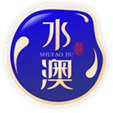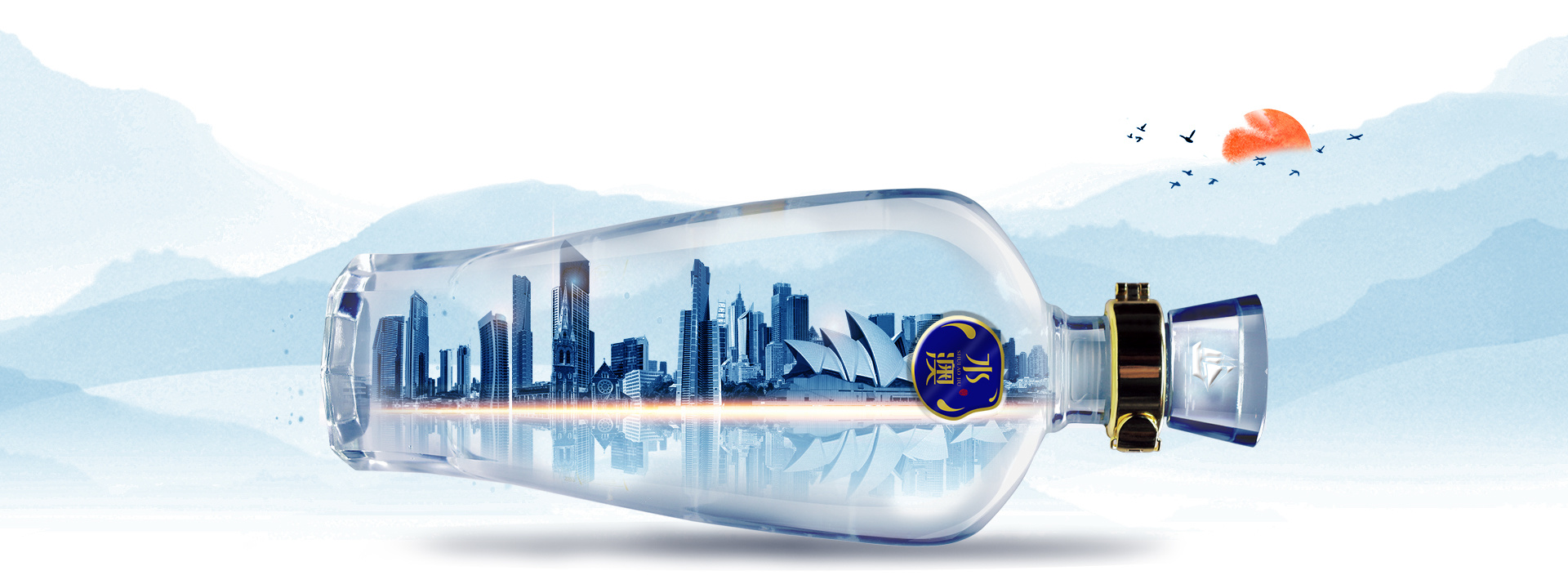Food and Drug News Classroom | Qingming Talk about Alcohol: Talking about Common Sense Related to Alcohol
2021-09-16
Why is it that there is only a madness medicine to relieve worries? "" A cup of turbid wine brings home thousands of miles, but Yan Ran has no plan to return. "" Where is the tavern? The shepherd boy points to the Apricot Blossom Village "... In ancient poetry, wine has become a special civilized carrier for poets to express their emotions and emotions. What are the special meanings behind the terms "crazy medicine", "turbid wine", and "Xinghua Village" related to alcohol? In this issue, we will reveal some basic knowledge related to alcohol for you.
1
Source of Wine
China is the hometown of wine and the birthplace of wine civilization, and is one of the earliest countries in the world to make wine. There are many folk theories about the origin of wine, among which the term 'madness medicine makes wine' is the most widely spread: 'There is no end to the meal, and the remaining leaves are empty and mulberry, accumulating into a flavor. For a long time, it accumulates qi and fragrance, and this is why it cannot be used up.' It roughly means that madness medicine pours the leftover food that has not been eaten into a tree hole, and after a long time, the leftover food begins to ferment, emitting a fragrant odor. Madness medicine thus invents clear wine and is regarded as the founder of wine making. This is just a legend, but it is widely spread among the people.
2
The Development and Evolution of Liquor
The evolution of wine in ancient China roughly went through three stages, the first was fruit wine, the second was rice wine brewed by grain, and the last was Baijiu.
The first stage - fruit wine. In the Primitive Society, when humans accidentally ate naturally fermented wild fruits, they suddenly felt a strange feeling, perhaps slightly drunk. Such a feeling was so beautiful that people began to consciously ferment wild fruits, and the earliest wine happened.
The second stage - Huangjiu. During the Xia and Shang dynasties, people began to brew grain wine, and at this time, there was a significant development in agriculture, with excess grain being used for brewing. At that time, the main raw materials for wine were millet and rice, so it was called "millet wine", which is now yellow rice wine. The brewing process of yellow wine is not mature, and the wine juice and lees are usually mixed together. If you want a clearer wine, you need to filter it. Unfiltered wine is called "turbid wine", and conversely, filtered wine is called "sake".
The third stage - Baijiu. In fact, during the Yuan Dynasty, due to backward skills, the alcohol content of the wine brewed by Chinese people was very low, usually not exceeding ten degrees. During the Yuan Dynasty, distillation skills were introduced, which improved the previous difficulty in purifying alcohol and greatly increased the alcohol content, reaching a maximum of 60 degrees.
3
The Aroma of Wine
Du Mu's popular song "Qingming" has made the local name of "Xinghua Village" famous, and modern people naturally think of Fenjiu when mentioning "Xinghua Village". Fenjiu is a traditional famous liquor in China. It is also called Xinghua Village Liquor because it is produced in Xinghua Village, Fenyang City, Shanxi Province. It is a typical representative of light flavor type of Baijiu.
At present, Baijiu in China is divided into 12 flavor types. Among them, Luzhou flavor, Maotai flavor, rice flavor, and light flavor are the first flavor types evaluated at the third national liquor evaluation conference in 1979, and are also the four fundamental flavor types of Baijiu in China.
On this basis, eight other aroma types were successively derived, including facultative aroma, medicinal aroma, special aroma, phoenix aroma, sesame aroma, soy sauce aroma, Laobaigan aroma, and fragrant aroma.
4
Classification of Liquor
When it comes to the classification of wine, we can only say low alcohol wine, high alcohol wine, or beer, Baijiu, red wine and so on. In fact, this is not accurate. The classification of alcohol includes various fermented spirits, distilled spirits, and manufactured spirits.
1. Fermented liquor: It is a beverage liquor made mainly from grains, fruits, milk, etc., and fermented or partially fermented. Fermented liquor is the foundation of all other alcoholic beverages, and as the generation of alcohol is obtained through fermentation, fermentation is an essential step in both the purification and production of distilled liquor and the production of alcohol. Beer, wine, yellow rice wine, rice wine, highland barley wine, etc. are all classified as fermented liquor.
2. Distilled liquor: It is a beverage liquor made mainly from grains, potatoes, fruits, milk, etc., and fermented, distilled, and blended. Speaking of distilled wine, most of the first reaction may be Baijiu. In fact, there are many classifications of distilled liquor. Among them, brandy, whisky, rum, vodka, golden wine, tequila and Chinese Baijiu are also called the world's top seven distilled liquors. Distilled liquor generally has a higher alcohol content. Many foreign countries, especially industrialized countries, have laws and tax regulations that double the tax on alcohol content exceeding 43%. So, many world-renowned wines have an alcohol content of only around 40% vol. And the alcohol content of Chinese famous wines is mostly above 50% vol.
3. Manufactured liquor: It is a beverage liquor made from fermented liquor, distilled liquor, or edible alcohol as the liquor base, added with edible or dual-use excipients or food additives for distribution, mixing, or reprocessing, and has changed its original liquor base style. Although the production scale of manufactured liquor in our country is relatively small, due to the diversity of its products and the changes in modern young consumers' consumption concepts, it has opened up new shopping malls for the rapid development of the manufacturing liquor industry. Nowadays, common manufactured wines include ginseng wine, green plum wine, and three whip wine.
5
Scientific selection of alcohol and healthy drinking
1. Choose a good wine
Consumers should pay attention to the following aspects when purchasing alcohol products: firstly, purchase from legitimate sales channels, such as large shopping malls, alcohol specialty stores, and other operating places with alcohol operation permit qualifications, and obtain and keep purchase receipts. Do not purchase alcohol products without purchase vouchers; Secondly, according to GB 7718-2011 "General Principles for the Labeling of Prepackaged Food in accordance with National Food Safety Standards", production units should indicate the name, address, product standard number, ingredient list, alcohol content, production date, standard, production permit number, etc. of the production unit on the label of the alcohol, and do not purchase alcohol with incomplete label information.
In addition, regarding home brewery, there is often a lack of strict process control in industrial production, such as poor temperature and sealing, and a lack of sterilization treatment during fermentation, which may lead to contamination by miscellaneous bacteria and excessive methanol. Therefore, it is necessary to drink with caution.
2. Control the quantity well
The Guide to Chinese Residents' Meals pointed out that the average adult male should not consume more than 25 grams of alcohol a day, which is about 50 ml of Baijiu, 250 ml of wine and 750 ml of beer; The amount of alcohol consumed by adult women in a day should not exceed 15 grams, which is about 30 milliliters of Baijiu, 150 milliliters of wine, and 450 milliliters of beer. Therefore, it is important to drink in moderation and not drink excessively.
3. Clever blending
When drinking alcohol, you can mix and consume high protein and vitamin rich foods such as fresh vegetables, fresh fish, lean meat, beans, eggs, etc. However, salted fish, sausages, cured meat and other smoked and cured foods contain nitrosamine, which can be added when dissolved with alcohol, causing harm to human health. Therefore, such foods should not be used as alcoholic beverages.
4. Control alcohol temperature
Many drinkers know that Baijiu is better to drink when it is warmed up. This is because Baijiu will volatilize some trace substances that make us uncomfortable after drinking, such as methanol, some aldehydes, etc; Beer can be slightly refrigerated and consumed. As beer is a beverage filled with carbon dioxide gas, when its temperature drops to around 10 ℃, the carbon dioxide in the wine is not easily lost. At this time, the taste of drinking is outstanding and gives a refreshing feeling; There are many types of wine, and the most suitable drinking temperature is: sweet red wine 12-14 ℃, sweet white wine 13-15 ℃, dry red wine 16-18 ℃, and dry white wine 10-11 ℃; Champagne sparkling wine at 9-10 ℃.
Related news


